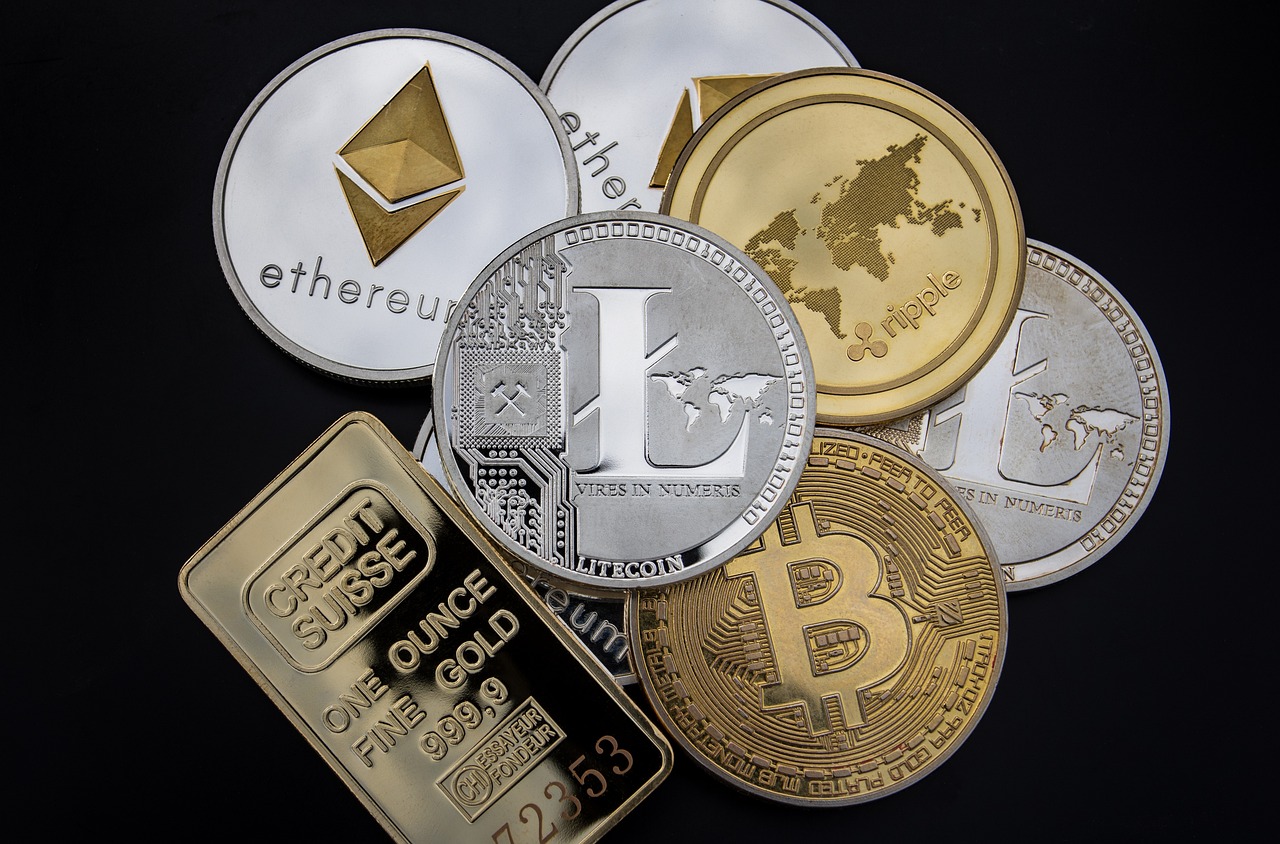Are you ready for some action in the world of cryptocurrency? If you’re looking for excitement in your investments, you’ll want to check out the top 10 most volatile digital currencies! These coins can offer huge returns, but they also come with some risks. To make the most of trading these assets, you’ll need to keep an eye on market trends, develop a solid strategy, and be prepared for some big ups and downs. But if you’re ready to leap, the rewards can be worth it. Do you want to know more about the top 10 most volatile cryptocurrencies and how to trade them? Let’s dive in! (Also Read: Is it Still Worth it to Mine Ethereum?)
Bitcoin (BTC)
Bitcoin (BTC) is the world’s first and most well-known cryptocurrency. It was created in 2009 by an individual or group using the pseudonym Satoshi Nakamoto. Bitcoin is a digital currency with no central bank or single administration and is transacted directly between users. It is based on blockchain technology, a distributed ledger that records all transactions on the network. Bitcoin is also scarce, with a maximum supply of 21 million coins. This scarcity, along with increasing mainstream adoption, has helped to drive its value over time. Despite being the most stable among the top cryptocurrencies, it’s still a volatile investment because of the wild price swings over the past few years.

Ethereum (ETH):
Ethereum is the second most valuable cryptocurrency and is well-known for its smart contract capabilities. Vitalik Buterin first suggested Ethereum in 2013, and it was officially released in 2015. Like Bitcoin, Ethereum is a decentralized digital currency, but it also includes a programming language that allows for creating decentralized applications (apps) on the Ethereum blockchain. This smart contract functionality has led to a wide range of use cases for Ethereum, including the creation of decentralized finance (Defi) applications. Ethereum’s volatility is relatively lower than many other altcoins, but it’s still a volatile investment due to its price fluctuations.
Litecoin (LTC):
Litecoin, like Bitcoin, is a cryptocurrency, but it processes transactions much more quickly. Charlie Lee, a former Google engineer, developed it in 2011. Litecoin is based on the same codebase as Bitcoin and shares many features but with a few key differences. One significant difference is that Litecoin has a faster block time of 2.5 minutes compared to Bitcoin’s 10 minutes, which allows for more immediate confirmation of transactions. Litecoin is also designed to be more resistant to ASIC mining, specialized hardware used to mine specific cryptocurrencies. Litecoin is considered to be more volatile than Bitcoin but less volatile than many other altcoins.
Bitcoin Cash (BCH):
Bitcoin Cash is a fork of the Bitcoin blockchain that aims to improve upon its scalability. The split occurred in 2017 due to a disagreement among the Bitcoin community about how to address the scalability issue. Bitcoin Cash increased the block size from 1 MB to 8 MB, allowing faster and cheaper transactions. It also has a shorter confirmation time than Bitcoin. It’s more volatile than Bitcoin and Ethereum but less volatile than many other altcoins.
Ripple (XRP):
Ripple is a cryptocurrency designed for use in the financial industry. It was first proposed in 2012 and officially launched in 2013. Ripple’s primary goal is to enable fast, cheap, and reliable cross-border transactions for financial institutions. To achieve this, Ripple uses a consensus algorithm different from other cryptocurrencies and doesn’t rely on the mining process to validate transactions. Additionally, XRP has been used as a bridge currency in various cross-border transactions, which helps to enhance its real-world usage. Ripple’s volatility is relatively lower than other cryptocurrencies in the top 10 list.
Cardano (ADA):
Cardano is a public, distributed ledger platform that aims to make it easier and safer to build decentralized applications. It was founded in 2015 by Charles Hoskinson, one of the co-founders of Ethereum. Cardano is based on a unique proof-of-stake consensus algorithm called Ouroboros and is designed to be more energy-efficient than other blockchain platforms. Cardano is also focused on providing a more secure and decentralized platform for developing smart contracts and apps. The platform has been built with a scientific philosophy and is backed by a research-first approach. Cardano has a higher volatility than the other coins on the list.
Binance Coin (BNB):
Binance Coin is the official cryptocurrency of the Binance exchange. It went live in 2017 to fund further growth of the Binance exchange. Trading fees on the Binance exchange can be paid with Binance Coin, potentially saving the trader money. Additionally, Binance Coin is used to pay for other services on the Binance platform, such as using the Binance Launchpad for initial coin offerings. Binance Coin is highly volatile since the coin’s value is closely tied to the success and growth of the Binance exchange.
Chainlink (LINK):
Chainlink is a blockchain-based platform that aims to provide secure, reliable, and tamper-proof data feeds for use in smart contracts. It was first proposed in 2017, and the mainnet was launched in 2019. The platform is based on a network of decentralized oracles that provide data from off-chain sources to smart contracts on the Ethereum blockchain. Chainlink is designed to address one of the biggest challenges facing intelligent contract adoption: more access to reliable data. Chainlink has a high level of volatility compared to other coins.
Polkadot (DOT):
Polkadot is an open-source blockchain infrastructure project to facilitate communication between distinct blockchain projects. It was proposed in 2016 by Gavin Wood, one of the co-founders of Ethereum. The platform uses a unique multi-chain architecture that transfers data and assets between blockchains. This enables interoperability between different blockchain networks and the development of a decentralized web. Polkadot is considered to be highly volatile because it is still a relatively new and unproven technology.
Uniswap (UNI):
Uniswap is a blockchain-based decentralized exchange that eliminates the need for an order book when trading tokens. It was launched in 2018 and has become one of the most popular decentralized exchanges for selling Ethereum-based tickets. Uniswap uses a unique liquidity provision model that enables users to provide liquidity to the exchange through a pool of assets for a share of the trading fees generated by the pool. Uniswap’s value is closely tied to the success and growth of the Uniswap platform and the trading volume on the exchange, which makes it highly volatile.
Conclusion
Trading in these highly volatile cryptocurrencies carries a high degree of risk and should be cautiously approached. It’s essential to have a good understanding of the technology behind each coin, the team behind the project, its real-world usage, and the market conditions before investing. Additionally, it’s essential to have a risk management strategy in place, such as setting stop-losses and diversifying your portfolio.
It’s important to note that the crypto market is constantly changing, and the volatility of the mentioned coins may change in the future. It’s advisable to stay updated and informed about the market and the currencies you’re interested in. (Also Read: Blockchain Journey: How to Get Started with Cryptocurrency)












